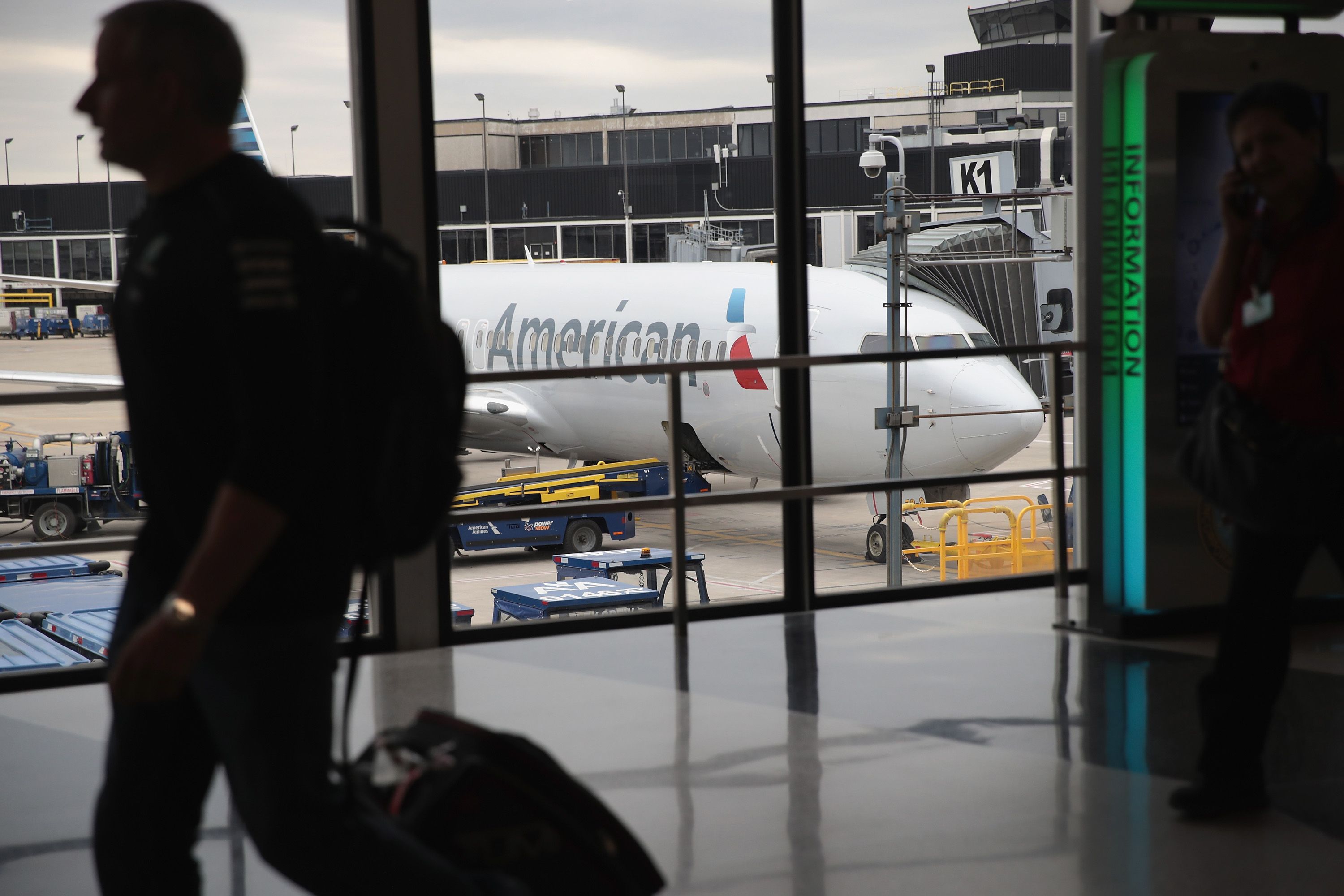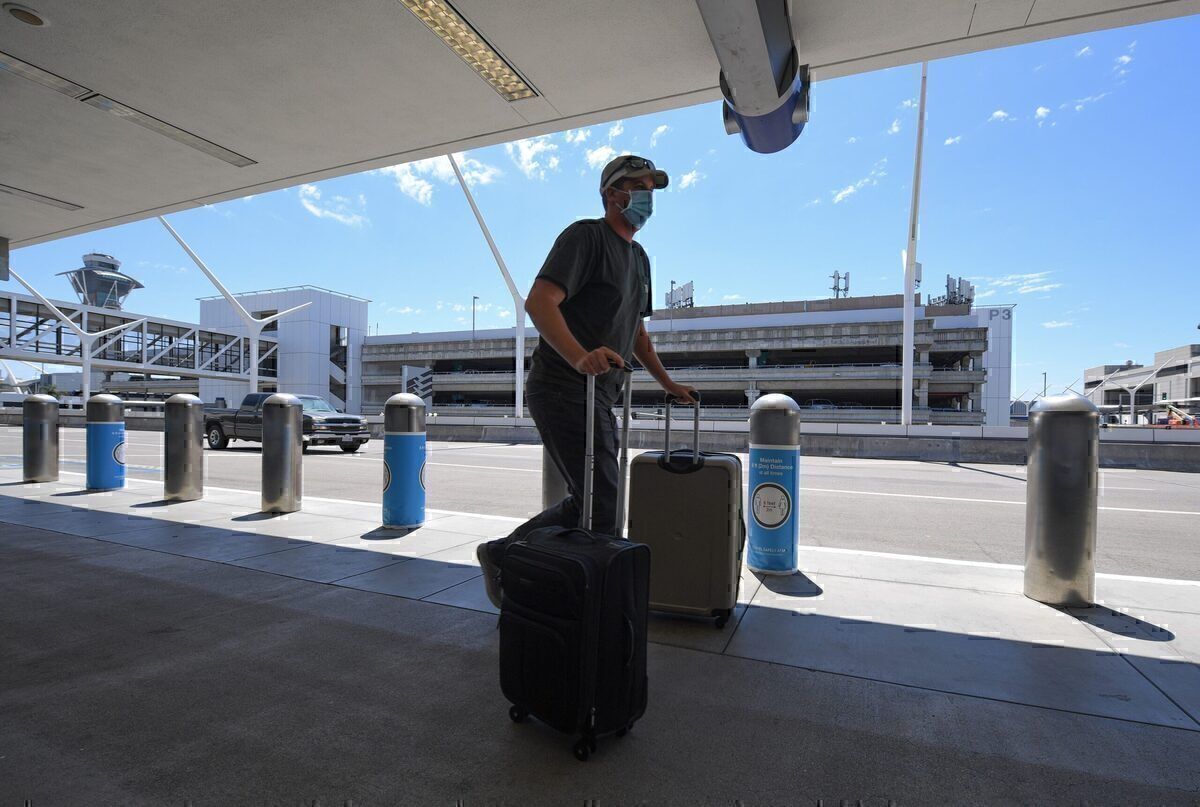Border controls have been in the spotlight for the last two years given countries' response to the COVID-19 pandemic. However, one list that often goes unnoticed is the CDC's 'Do Not Board' list, which prohibits select travelers from boarding flights due to a contagious medical condition. Here's a look at the program and its impact.
Public health measures
With thousands of travelers entering the United States every hour, border officials are a key defense to protecting the country from imported contagious diseases. To monitor risky individuals, the Centers for Disease Control (CDC) uses two main tools, a 'Do Not Board' and a 'Lookout' list, to prevent these passengers from flying into, out of, or within the US.
The criteria to be added to such a list is clear, with the CDC saying,
"Known or believed to be infectious with, or at risk for, a serious contagious disease that poses a public health threat to others during travel; and any of the following three:
not aware of diagnosis or not following public health recommendations, or
Likely to travel on a commercial flight involving the United States or travel internationally by any means; or
Need to issue travel restriction to respond to a public health outbreak or to help enforce a public health order."
While the CDC adds subjects to these lists, the TSA is in charge of enforcing the Do Not Board list, and the CBP identifies those on the Lookout list. So how does this work in reality?
Passage of information is crucial
The CDC list three diseases that the two lists are used to actively contain, tuberculosis (TB), multi-drug-resistant TB, and measles or epidemics like Ebola. Once the public health authority receives information from local or foreign authorities about potential carriers of these infections, they will be added to the appropriate list to prevent travel or quarantine on arrival.
However, the topic has been in the spotlight due to COVID-19. Hypothetically, anybody who tests positive for COVID could be put on the Do Not Fly list to ensure they don't spread the disease. However, this is not always possible given the US' massive volume of positive cases and spotty reporting due to weak information flow or at-home testing.
Both the Lookout and Do Not Board lists are an important part of the process to prevent possible cases from entering the United States. It is important to note that this list has nothing to do with the similar-sounding "No Fly List," which is administered by the TSA, FBI, and DHS to prevent known terrorists or security risks from flying to the US.
COVID restrictions remain in place
When it comes to COVID, the US relies on its stringent testing and vaccination requirements to prevent imported cases. All vaccinated travelers must carry a negative test within one day of travel. In contrast, unvaccinated passengers (only US citizens or permanent residents) must do the same and book another post-arrival test.
This sets apart the US from much of Europe, which has largely opened up travel without testing for fully vaccinated travelers.
For now, the CDC continues to monitor data on passengers entering, leaving, or traveling in the US.
What do you think about the CDC's Do Not Board and Lookout lists? Let us know in the comments!



.jpg)